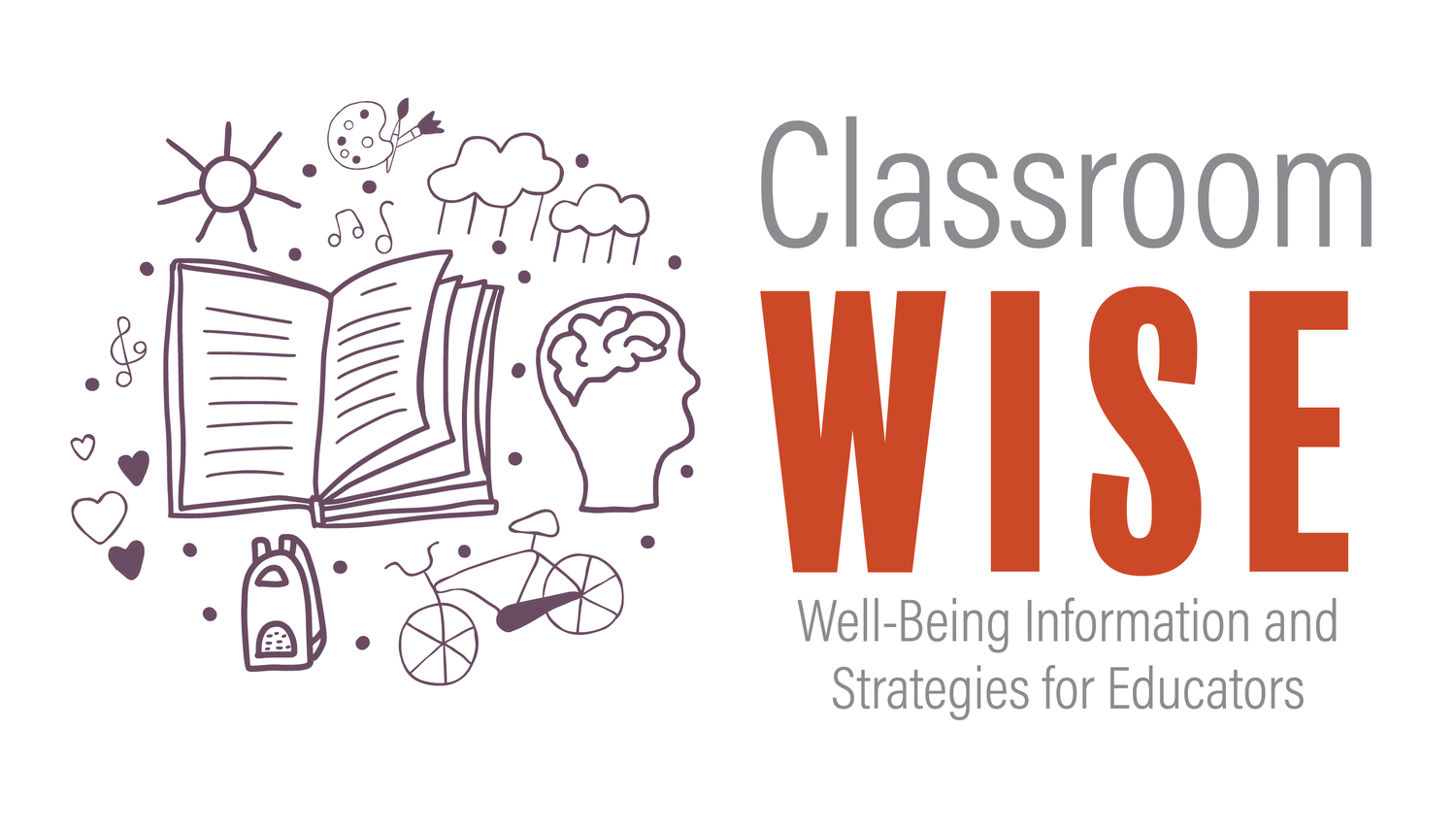
Cultural Inclusiveness and Equity WISE Resources
Module 2: Understanding How Educator Bias Impacts Student Mental Health
Glossary
This resource includes definitions for key terms used throughout the Cultural Inclusiveness and Equity WISE course.
Resources
Learning for Justice's What is the Model Minority Myth
In this article, the negative effects of "positive stereotyping" are outlined with regard to Asian and Asian American students.
Developed by Learning for Justice
Project Implicit is a non-profit organization and international collaboration between researchers who are interested in implicit social cognition - thoughts and feelings outside of conscious awareness and control. The goal of the organization is to educate the public about hidden biases and to provide a “virtual laboratory” for collecting data on the Internet.
Developed by Project Implicit
Group Identity - Ingroup and Outgroup Formation Video
In this video about group formation in schools, experts and educators discuss the ways that social groups are created as in-groups and out-groups in a school.
Developed by the Heroic Imagination Project
How Our Brains Respond to People Who Aren't Like Us video
This video, entitled "How Our Brains Respond to People Who Aren't Like Us", discusses the ways that our brains are set up to see our in-groups more favorably. In the video, the ideas of harmful exclusion and dehumanization are discussed.
Published by Seeker
Rental Discrimination and Ethnicity in Names
This academic journal article details an experiment that revealed ethnic bias by names in apartment housing applications in Los Angeles.
Published by the Journal of Applied Social Psychology
Learning for Justice's In-Group Favoritism Lesson
This lesson plan, appropriate for use with youth in grades 6-12, and is a way to introduce in-group favoritism to students. This lesson looks at the way in-group favoritism can hurt, rather than heal, conflicts that people may have with one another.
Developed by Learning for Justice
Why do we treat our in-group better than we do our out-group? Article by The Decision Lab
This article defines in-group bias, summarizes research studies about in-group bias, and gives real life examples.
Published by The Decision Lab
In this academic journal article, Gilliam and colleagues conducted an experiment to show how implicit bias could impact the ways that teachers monitor and report student behaviors, which is associated with higher discipline, suspension, and expulsion rates for Black boys.
Developed by Yale University Child Study Center
Jane Elliott “Blue Eyes - Brown Eyes” Experiment Anti-Racism Video
In this video, teacher Jane Elliott conducts an experiment with her third grade students where she says that students are different based on their eye color. This example of the strength of even arbitrary group membership shows the dynamics of power and privilege at play, as well as the concept of stereotype threat.
Published by Open Culture
CIE-WISE Module 2 Self-Reflection Guide
In this reflection guide, participants are asked to reflect on their own in-groups, stereotypes about their in-groups, and evidence against these stereotypes. Then, they are asked to reflect on parallel questions about their student populations.

